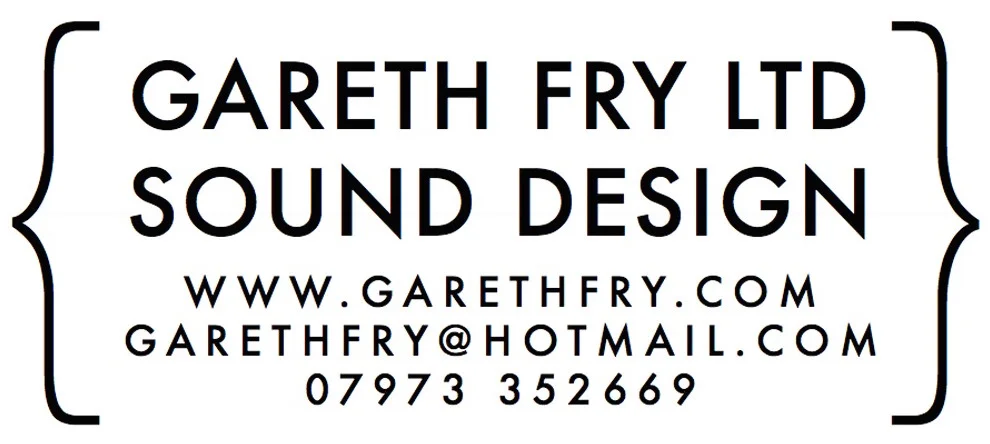Binaural and ambisonic sound
One of my specialities recently has been in the use of binaural and ambisonic sound.
What is that?
Binaural sound in essence is a way of recording or presenting sound mirroring the way we as human beings hear the world around us. A way of recording binaural sound is using a binaural head. This microphone is shaped like a human head, with a similar weight and mass, has two ears, with a microphone in each ear. So if a voice is heard on the left side of the head, it hits the left ear of the binaural head - then a fraction of a second later it hits the right ear of the head - with a slight dulling of the high frequencies due to the mass of the head being in the way. This time difference and shading difference between what the two ears record mirrors how we as human beings locate the origin of a sound in a space. Thus a binaural head records sound exactly how we would hear it if we were there. It provides a super convincing rendition of reality.
photo by Chloe Courtney
I've used binaural sound most notably in Complicite's production The Encounter. Here's a clip of it (wear headphones to hear the effect):
Binaural sound is super realistic and creates great immersion. It's not a new technology either, but you only get the full effect listening over headphones, which is part of the reason it's not used extensively in film, TV, radio, etc. But for instances where the listener can wear headphones it is incredibly immersive.
A brief description of binaural sound for a Volvo commercial I was involved in
You can also post-produce binaural sound, using simple binaural panners or game audio engines, which can provide convincing effects of the real thing. These can be useful if you're trying to create something that you can't easily record in real life, or perhaps doesn't exist at all!
Binaural sound is proving a very useful counterpart to VR and 360 degree experiences. Binaural sound produces as immersive an aural experience as the VR can provide a visual experience.
Ambisonic sound is another means of capturing sound in a more flexible format than conventional types of microphones allow. An ambisonic mic is usually 4 microphones (or more) inside one unit - and can be thought of as the parallel to the 360degree cameras which consist of multiple cameras capturing different directions. Importantly ambisonic recordings can be post processed to allow the listener to rotate up and down and around the sound, making it ideal for capturing sounds where the listener may have control over their viewing angle. Ambisonic sound can also be post processed for binaural sound playback.

